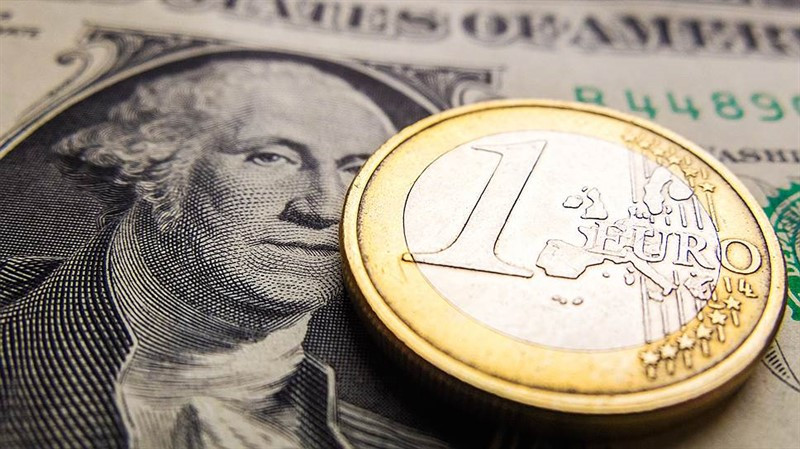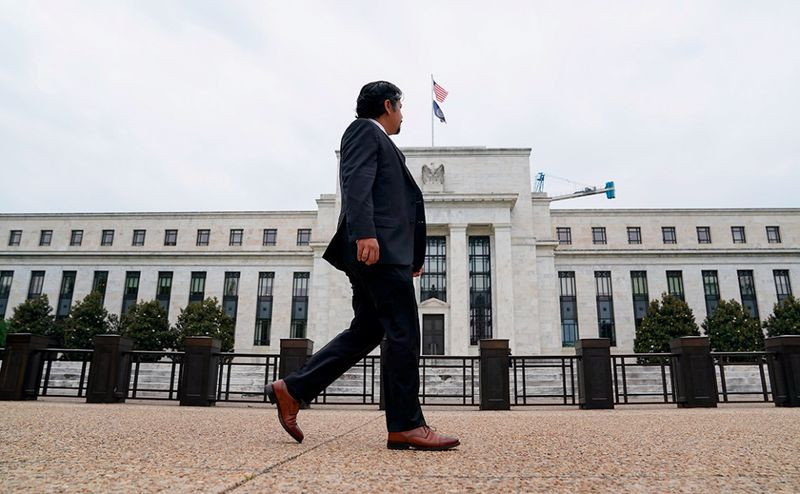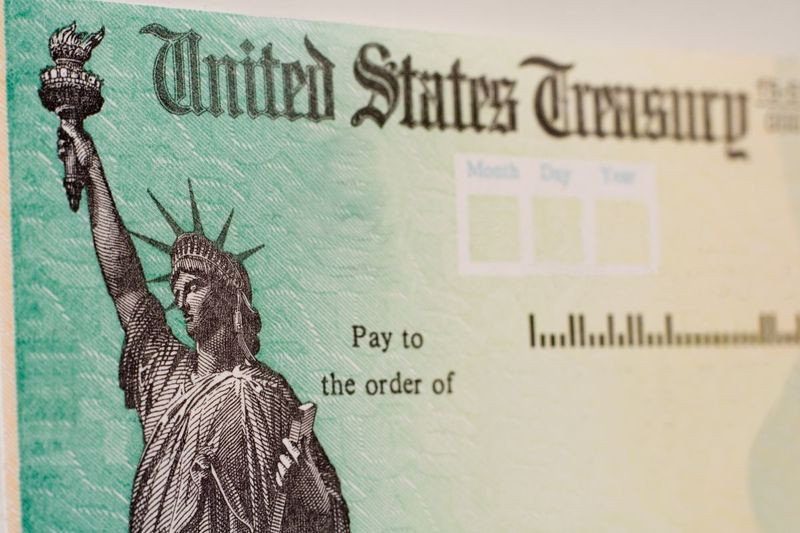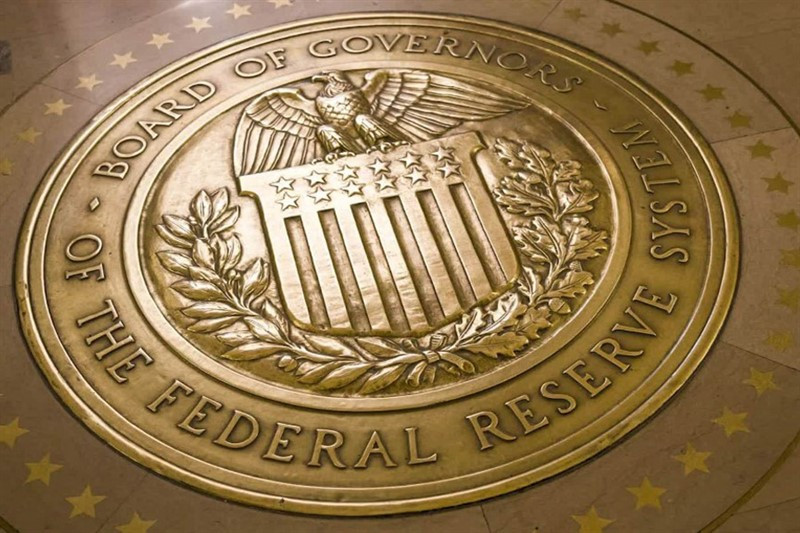
Over the past week, the greenback has significantly strengthened against the euro. During this time, the EUR/USD pair has lost about 300 points.
Yesterday it seemed that the rally of the US currency had stalled. The USD index circled around the 99.00 mark, fluctuating between gains and losses.
Having reached the lowest level since March 28 at 1.0960 in the previous session, the EUR/USD pair consolidated its recent losses, trading in a narrow range and changing within 30 points.
However, the situation changed overnight. The protective greenback strengthened by 0.5%, fueled by the hawkish comments of the Federal Reserve representatives, and the EUR/USD pair sank to 1.0900, tracking a decrease in risk appetite. According to the results of yesterday's trading, the key US stock indexes fell by 0.8-2.3%.
Federal Reserve Bank of Kansas President Esther George noted that raising the federal funds rate by 50 basis points at once is an option that is more than appropriate.
The market has come to terms with the idea that the rate hike cycle has already begun. But the aggressive sale of assets from the central bank's balance sheet, announced yesterday by Fed Board member Leil Brainard, which needs to be launched at the FOMC meeting in May, made investors nervous.
"Inflation is now too high and is subject to upward risks. It is extremely important to reduce inflation. To this end, the Fed will methodically tighten monetary policy through a series of interest rate hikes and may begin to actively reduce the amount of assets on its balance sheet as early as the May meeting," Brainard said.
Everyone remembers perfectly well that the central bank's rise in the key interest rate, combined with the aggressive sale of assets from the balance sheet, led to a serious failure of the US stock market at the end of 2018.
One of the main drivers of market growth in recent years has been a powerful pumping of liquidity. However, the prospects that this pump will soon start working in the opposite direction do not please investors at all.

"Brainard's statement served as a catalyst for the fall of stock indices. Regarding the reduction of the balance sheet, it sounded more aggressive than the market expected. The reduction of the Fed's balance sheet, the termination of economic stimulus measures through asset purchases will help raise interest rates in the market and make stocks more expensive relative to less risky assets," Comerica Wealth Management analysts said.
Usually, central banks act ahead of the curve, while they have time to make sure that the situation develops in the direction they need. However, the Fed has given market participants reason to doubt their ability to accurately predict the development of events, completely missing the situation with inflation, and now there are concerns that the central bank is doing too much and too late.
"Brainard's comments indicate that the US central bank is ready to become more aggressive. This is certainly having a negative impact on stocks due to concerns that it increases the likelihood of a recession. The more aggressive it becomes, the more difficult it will be for the Fed to ensure the so-called "soft landing"," Invesco strategists believe.
Traders are now trying to understand whether the central bank will be able to tighten monetary policy enough to contain rising inflation without causing damage to the national economy.
One of the benchmarks is the US bond market, where the yield of 2-year securities has recently risen above the yield of 10-year bonds. This situation is called the inversion of the yield curve and is often perceived as a signal of an impending recession.
Some analysts say that inversion was a reliable indicator in the past, but now everything is different. They tend to focus on the spread of 3-month and 10-year bonds, which does not even come close to signaling a recession. Moreover, the real yield remains negative, and without thinking to slow down economic growth and provoke a recession, supporters of this point of view note.
Meanwhile, the chief economic adviser of Allianz Mohamed El-Erian warns that the Fed's attempts to catch up with inflation may well push the US into recession, regardless of what form the yield curve of the treasury has at the moment.

Former head of the Federal Reserve Bank of New York William Dudley recently sharply criticized the policy of the Fed. According to him, the central bank's policy has made a recession almost inevitable.
Dudley refers to the so-called "Sam rule" developed by the American economist Claudia Rae Sahm.
According to this rule, a recession will occur when the 3-month moving average of unemployment in the United States rises by more than 0.5% compared to the minimum in the last 12 months.
This indicator has signaled every recession since 1970 with virtually no false positives.
Dudley argues that a sharp increase in the Fed's key rate will significantly increase the unemployment rate, and then the "rule Itself" will come into play.
Now unemployment is declining, but if Dudley will be right, then the central bank's increase in rates by 2 percentage points, which investors currently expect, will change the situation.
By itself, the inversion of the yield curve does not mean an immediate recession. And the fact of the recession itself can be found out only six months after it began. Statistics show that the recession after the inversion of the curve began in about 6-18 months.
Deutsche Bank believes that the US economy will enter a recession next year amid the Fed's rate hike.
"The US economy will receive a serious blow from the additional tightening of the Federal Reserve policy in late 2023 and early 2024," the bank's analysts said.
In their opinion, the central bank will raise the key rate by 0.5% at the next three meetings, and by mid-2023 the rate will exceed 3.5%. In addition, by the end of next year, the central bank will reduce the amount of assets on its balance sheet by almost $2 trillion from the current $8.9 trillion. For monetary policy, this is equivalent to another 3-4 rate increases of 0.25%, economists say.
According to Deutsche Bank's forecast, by the summer of 2023, the US stock market will fall by 20%, unemployment in the United States in 2024 will jump to 4.9% from 3.6% recorded in March.
"Our forecast of a recession in the US next year is still sharply different from the consensus. But we believe that this will change soon," the bank said.

The next batch of signals from the Fed regarding potential aggressive actions to control inflation not only scared investors, but also did not leave the dollar bulls indifferent, who received the necessary catalyst and pushed the US currency beyond the 99.00 level.
On Wednesday, the greenback continued its offensive against its main competitors, marking the highs of almost two years ago in the area of 99.70, before correcting somewhat.
Although the bulls have come close to the psychologically important 100 mark, they will have to try to break through this mark with confidence.
Today, the focus is on the minutes from the March Fed meeting.
Since the central bank has most likely already revealed all the cards regarding the pace and scale of policy tightening, the minutes may not be the driver for the USD index to break through the round 100 level.
If the central bank still manages to surprise investors with something, then we can expect a further rise in the US currency.
However, the bar for a hawkish surprise is quite high, since the market has already estimated an increase in interest rates, and confirmation of these expectations is likely to have only a slight positive impact on the dollar. Thus, it will be quite difficult for dollar bulls to break through the 100 level on the first attempt.
While traders are assessing what the Fed's next steps will be, the ongoing geopolitical tensions are supporting the protective greenback and putting pressure on stock markets. Key Wall Street indexes are trading in the red on Wednesday, losing about 1% on average.
The risk that further tightening of Western anti-Russian sanctions will affect energy exports increases the likelihood of accelerating already high inflation on both sides of the Atlantic.
In February, the US consumer price index jumped to 7.9% in annual terms, which is the highest in 40 years.
According to preliminary estimates, in March, annual inflation in the eurozone reached a record high of 7.5%.
Recent data from the United States confirmed the view that the national economy is feeling pretty good so far, despite increased geopolitical uncertainty. Therefore, the Fed does not need to worry about anything other than inflation, at least for now, but the European Central Bank will have to think about supporting the economy.
Market observers are almost sure that the Fed will raise the discount rate at the next meeting, and more sharply than before.
At the same time, no serious tightening of monetary policy is expected from the ECB yet. And this is an additional factor in strengthening the dollar against the euro.
Investors are buying a greenback amid expectations of a more aggressive increase in the key interest rate in the United States and are shunning the single currency, believing that the introduction of additional sanctions against Russia from Europe will have a negative impact on the euro.
At this stage, the dynamics of the euro is very tightly tied to the content of the new sanctions that the EU is likely to impose against Russia, and the greater the consequences for the energy market, the stronger the impact on the euro, analysts say.
The EUR/USD pair faced strong bearish pressure on Tuesday and fell to its lowest level in a month around 1.0870 on Wednesday before returning above 1.0900.

The EU plans to tighten pressure on the Russian economy. As the conflict in Ukraine drags on, the euro will move down, according to Commerzbank.
"Every day of the conflict in Ukraine increases the risk that EU representatives will make a choice in favor of an extreme step. This means that inflation and economic risks in Europe, as well as in the rest of the world, are growing every day, since energy prices around the world will rise in this case," the bank's strategists noted.
"The pressure on the ECB is increasing every day of the conflict. However, the market cannot be as confident about the ECB as it is about the Fed, since the eurozone will suffer much worse consequences, probably in the form of a painful recession in the event of an oil and gas embargo, which, in turn, may cause the ECB to hesitate when it comes to raising the key rate," they added..
"Every day the risk of recession increases, both on one side of the Atlantic due to the energy crisis, and on the other - due to the overly determined Fed. Since the risks for the eurozone relate to the near future, they are likely to be much more real for the market and, therefore, weigh more heavily, which means that currently the euro has no chance against the dollar," Commerzbank believes.
European Commission President Ursula von der Leyen said that the new European sanctions against Russia, which are expected to be announced this Wednesday, will not be the last.
Meanwhile, Fabio Panetta, a member of the ECB's Governing Council, warned that asking the central bank to reduce high inflation in the near future would be extremely expensive.
"The quarterly GDP growth rates of the eurozone this year will be very low, and the conflict in Ukraine may lead them into negative territory. Actions against inflation currently risk bringing down the economy. It will be necessary to massively suppress domestic demand in order to reduce inflation," he said.
Although the euro has recovered above the $1.09 mark, it is still having difficulty finding demand. The fundamental picture and technical indicators indicate that the risks are shifted downward. In particular, the pair is staying below the 100- and 200-day moving averages.
Dollar bulls took a break ahead of the release of the minutes from the March FOMC meeting. If the minutes is interpreted as "difficult", then dollar bulls will have another productive day, and the EUR/USD pair will have additional losses.
The initial resistance is at 1.0920, and then at 1.0950. As long as the last level remains intact, bears are likely to retain control of the pair.
On the other hand, below the recent lows in the area of 1.0870, the next bearish target is located at 1.0850, then at 1.0800.
 English
English 
 Русский
Русский Bahasa Indonesia
Bahasa Indonesia Bahasa Malay
Bahasa Malay ไทย
ไทย Español
Español Deutsch
Deutsch Български
Български Français
Français Tiếng Việt
Tiếng Việt 中文
中文 বাংলা
বাংলা हिन्दी
हिन्दी Čeština
Čeština Українська
Українська Română
Română

